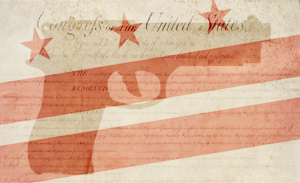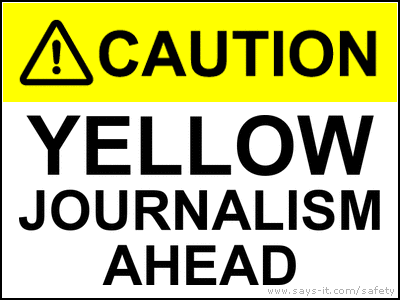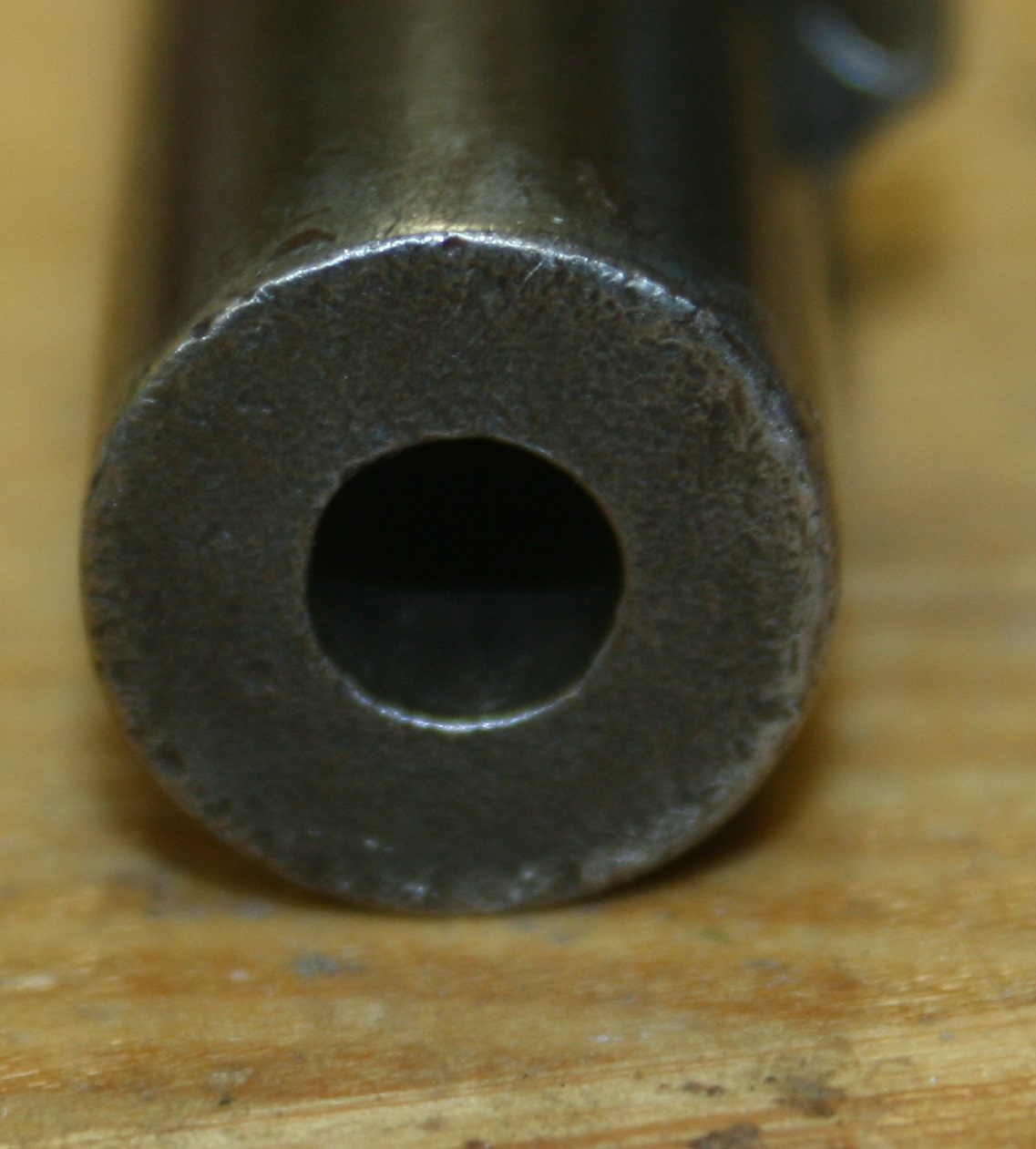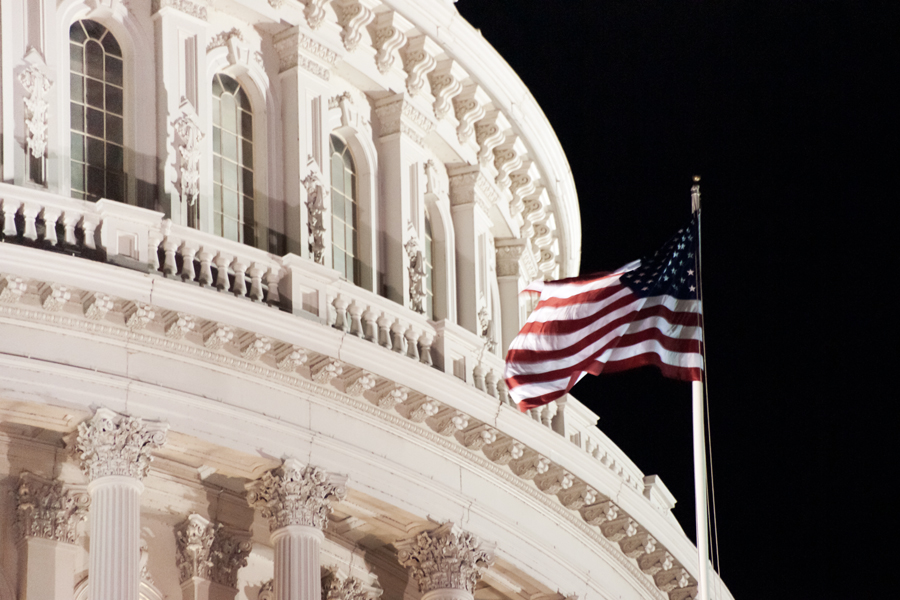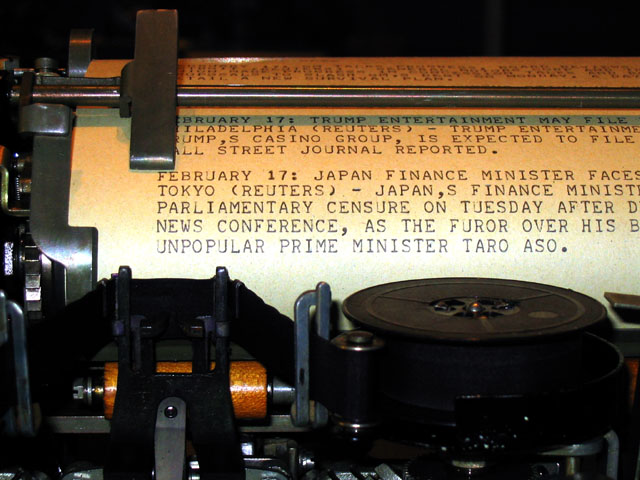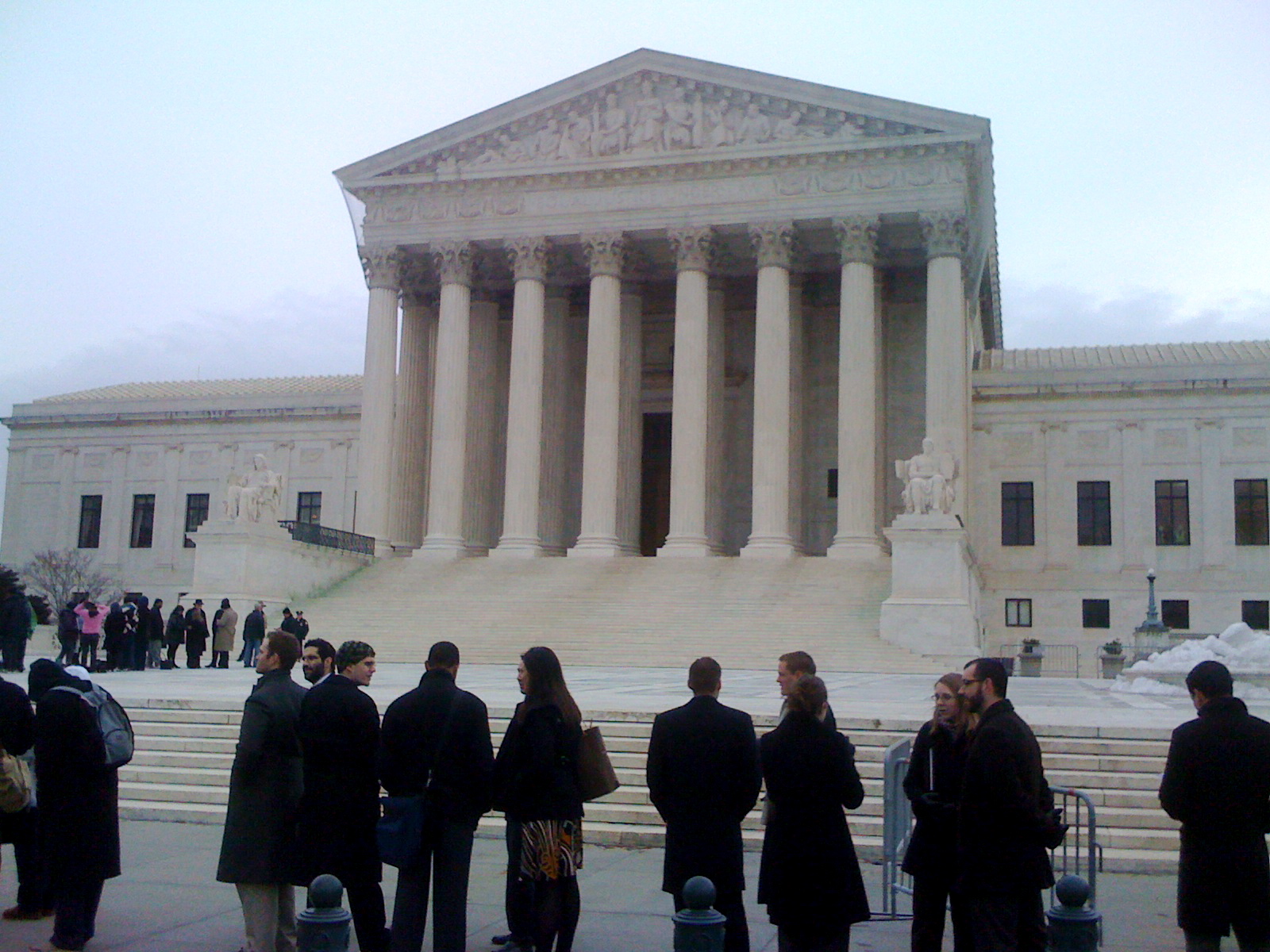The proposed ITAR rule changes impacting free speech aren’t quite getting the media coverage we need to get the word out to our people, and this has me concerned. This article that appears in Defense Trade Law seems to agree with our interpretation that the proposed rule change is very broad. I’ve seen a few different opinions on this topic in the comment section over at The Firearm Blog’s post on the topic (in addition to a few trolls). The State Department had a press conference last week where the topic of their proposed ITAR regulations came up.
QUESTION: Did you get an answer the question I asked yesterday about these ITAR – revisions to the International Trafficking in Arms Regulations?
MR RATHKE: I did. I’m happy to go through that, if that would be helpful. You asked yesterday, Matt, about a June 3rd publication in the Federal Register by the State Department of proposed changes for public comment to several regulatory definitions under the International Traffic in Arms Regulations. These proposed changes in definition are part of our broader effort to streamline and modernize a Cold War-era regulatory system to better safeguard against illicit attempts to procure sensitive U.S. defense technologies.
These proposed definition changes – which, as I pointed out, are out for public comment – they seek to account for technologies that were not envisioned when the regulations were initially developed. Otherwise these definitions are intended to be a clarification of existing law and regulations, technical data, and detailed schematics that are required for the manufacture or production of defense articles already require U.S. Government authorization before they can be disseminated by U.S. manufacturers.
Now in contrast, general descriptions, public discussions, and imagery of defense articles, including firearms, have never been the subject of – to these regulations and they would remain unaffected under these proposed revisions. As I said at the start, they were published in the Federal Register for public comment. That’s a period that runs through August 3rd of this year. So I’d refer people to the text of the Federal Register notice for details about providing —
QUESTION: Okay. So these rules would not apply to private citizens, only to manufacturers – and only to highly sensitive technical details? Is that —
MR RATHKE: They apply to the technical data and detailed schematics for the production of defense articles.
QUESTION: So they don’t apply to private citizens.
MR RATHKE: Well, they apply to anything that relates to those areas of subject matter, whether discussed by —
QUESTION: Okay. Well, the concern that had been raised by the Second Amendment groups is somehow this is going to restrict or stop or ban discussions about gun – about firearms —
MR RATHKE: Well, I go back to the – also the point that general descriptions – that is general, not technical and detailed ones – general descriptions or public discussions and imagery of defense articles would – have never been subject to these regulations and wouldn’t —
QUESTION: So the concern that has been expressed is misplaced, yes?
MR RATHKE: Yes, that would be our view.
Okay, anything further? Thank you.
QUESTION: Thank you.
None of us ever thought just a picture of a gun or “general descriptions or public discussions and imagery of defense articles” was going to get us in hot water. The issue is a lot more complicated than that. It’s become pretty apparent to me on reading and re-reading this proposed rule change, and the existing ITAR rules, that this is targeted squarely at 3D printing, CNC milling, and Cody Wilson more specifically.
Notice when asked whether it would apply to the public at large, he basically concedes the issue. The big problem is that previously, we were all protected by the public domain exception to the rule. I’d encourage everyone to follow that link, and note subsection (b) which is reserved. This public domain exception is obviously dated in the Internet age, but it’s pretty apparent if one publishes the information through “unlimited distribution” that material is the public domain. Now, for the reserved subsection (b) The new proposal spells out what is to be done with it:
(b) Technical data or software, whether or not developed with government funding, is not in the public domain if it has been made available to the public without authorization from:
(1) The Directorate of Defense Trade Controls;
(2) The Department of Defense’s Office of Security Review;
(3) The relevant U.S. government contracting entity with authority to allow the technical data or software to be made available to the public; or
(4) Another U.S. government official with authority to allow the technical data or software to be made available to the public.
By my reading, if you shared a straight-up CAD drawing of an AR-15 or 1911, you’d be fine because those designs are already in the public domain. However, if you developed your own wildcat load for a cartridge, or you came up with a novel design for a rifle, pistol, shotgun, scope or accessory, or you created a modification to an existing design, you’d have to seek clearance from the State Department prior to publishing it. It’s going to be exceedingly difficult for people who aren’t lawyers to understand the difference. My opinion is that this rule is meant to stifle people’s ability to discuss gun making with 3D printers or CNC milling machine’s online, due to the legal complexities and risks involved in doing so. Despite the fact that we shared no CAD drawing or plans in our experimentation with this technology on this blog, I still do not know whether my posts on the subject would fall under ITAR pre-clearance or not, and I’m a good bit more legal savvy than most hobbyists.

